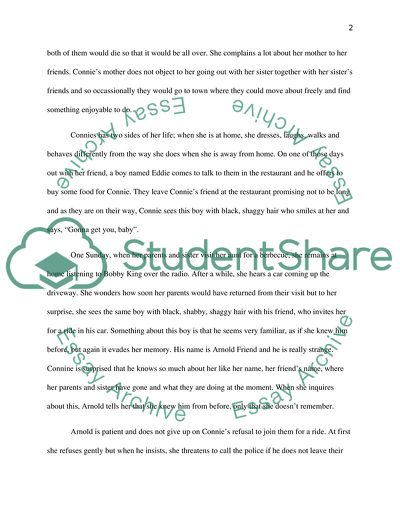Cite this document
(The Inevitable Doom and Its Symbolism in Where Are You Going, Where Book Report/Review, n.d.)
The Inevitable Doom and Its Symbolism in Where Are You Going, Where Book Report/Review. https://studentshare.org/literature/1762543-contextual-analysis
The Inevitable Doom and Its Symbolism in Where Are You Going, Where Book Report/Review. https://studentshare.org/literature/1762543-contextual-analysis
(The Inevitable Doom and Its Symbolism in Where Are You Going, Where Book Report/Review)
The Inevitable Doom and Its Symbolism in Where Are You Going, Where Book Report/Review. https://studentshare.org/literature/1762543-contextual-analysis.
The Inevitable Doom and Its Symbolism in Where Are You Going, Where Book Report/Review. https://studentshare.org/literature/1762543-contextual-analysis.
“The Inevitable Doom and Its Symbolism in Where Are You Going, Where Book Report/Review”. https://studentshare.org/literature/1762543-contextual-analysis.


